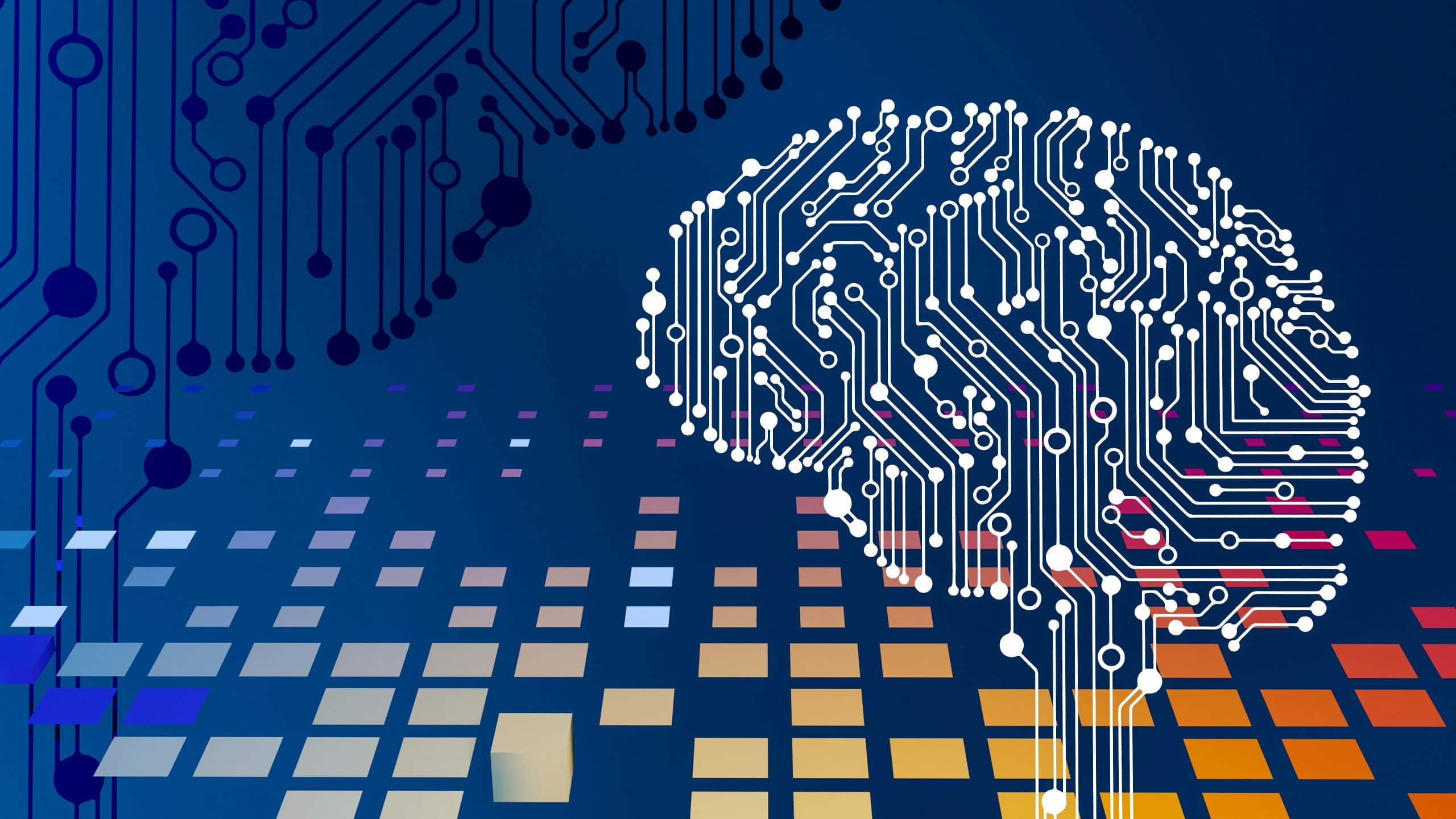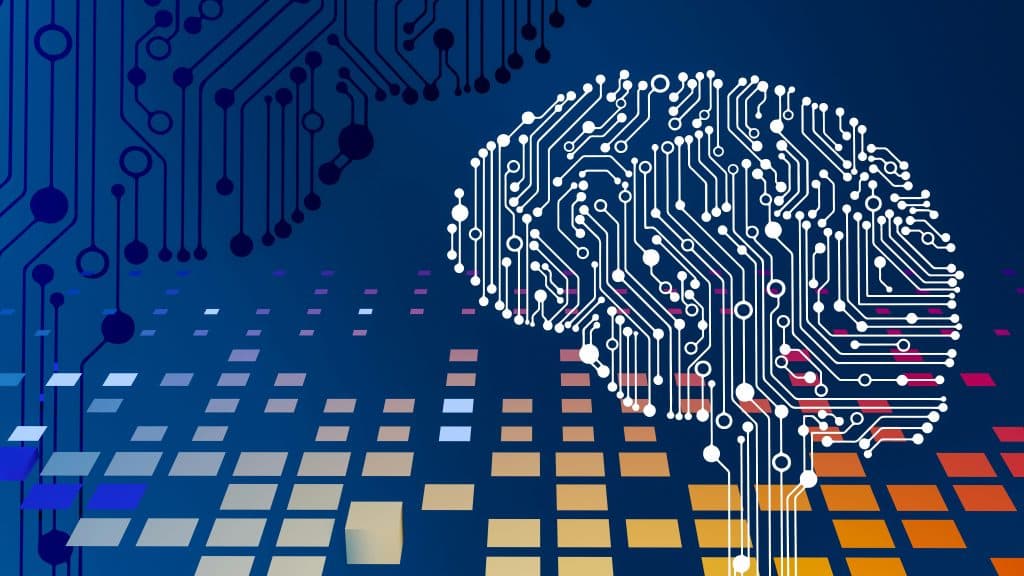

The year 2025 is shaping up to be a turning point in how humans and machines interact with knowledge. Artificial intelligence is no longer confined to research labs or specialized applications—it is rapidly embedding itself into the core of society’s most important systems. The Joint Research Centre: EU Science Hub reports that generative AI is already being applied across industries including healthcare and education, as well as science, public administration, and industrial ecosystems. This breadth of adoption highlights a simple reality: generative AI and its close partner, semantic search, are poised to dominate the next wave of digital transformation.
What is Generative AI?
Generative AI refers to algorithms—often built on advanced neural networks—that can create new content based on existing data. Unlike traditional AI models that classify, predict, or recommend, generative AI produces text, images, code, or even molecules that have never existed before.
At its core, generative AI relies on large language models (LLMs) and other foundation models trained on massive datasets. These systems don’t just retrieve information—they synthesize it. That means a researcher can ask for a summary of the latest findings in cancer treatment, or a business can generate personalized marketing content at scale, and the system produces outputs that feel strikingly human.
Generative AI’s value lies in its ability to:
- Automate creativity – producing drafts, prototypes, and ideas instantly.
- Accelerate research – by simulating potential outcomes or analyzing complex data.
- Personalize experiences – from adaptive learning platforms to individualized healthcare advice.
- Boost efficiency – reducing manual effort in areas like documentation or communication.
As industries integrate these capabilities, the next question becomes: how do we search, organize, and retrieve knowledge in a world where data is exploding? That’s where semantic search comes in.
What is Semantic Search?
Semantic search goes beyond keyword matching to understand intent and meaning. It aims to retrieve results that are contextually relevant even when the exact query terms are not present. Key to semantic search is the use of vector embeddings—representations of data (words, documents, images, etc.) in a high-dimensional space where similarity in meaning corresponds to geometric distance.
In this field, the vector databases from MongoDB show how powerful and practical semantic search can be. MongoDB’s vector database capabilities allow applications to store vector embeddings, perform approximate nearest neighbor (ANN) searches, and build intelligent applications powered by semantic search and generative AI over varied data types.
With these capabilities, semantic search systems can deliver relevant results even when queries use indirect or metaphorical language. For example, a user asking about “therapy without cutting” may get results about non-invasive treatments; or, in education, a student asking “best way to learn quickly” gets content about spaced repetition and optimization techniques—not just literal matches.
Why Semantic Search and Generative AI Work Together
Generative AI shines when paired with semantic search. On its own, a generative model might produce convincing but inaccurate responses—often referred to as “hallucinations.” By grounding those models in semantic search, the system gains a reliable knowledge base from which to pull accurate information.
This combination enables retrieval-augmented generation (RAG): a workflow where a generative model queries a vector database, retrieves semantically relevant data, and then produces context-aware outputs. The result is higher-quality responses, reduced errors, and better alignment with real-world knowledge.
For businesses and public institutions alike, this means chatbots that answer questions more reliably, research assistants that stay up to date with the latest findings, and decision-support tools that synthesize data into actionable insights.
Semantic Entity Resolution: Automating Schema Alignment
As organizations scale, they accumulate vast amounts of heterogeneous data: customer profiles from one system, financial transactions from another, and operational metrics from yet another. Aligning these data sources—a process called schema alignment—has traditionally required painstaking manual work.
Towards Data Science explains how a semantic entity resolution, powered by language models, is revolutionizing this process. By understanding the context and meaning of fields, semantic models can automatically map “client_id” in one dataset to “customer_number” in another, or recognize that “DOB” and “date_of_birth” refer to the same concept.
This automation brings several benefits:
- Reduced manual effort – freeing data engineers from repetitive mapping tasks.
- Higher accuracy – minimizing human error in schema design.
- Faster integration – allowing startups and enterprises to merge data systems quickly.
- Improved insights – enabling holistic analysis across diverse data sources.
In 2025, the convergence of semantic entity resolution and generative AI will allow businesses to treat their entire data landscape as a unified knowledge graph, accessible and interpretable by machines.
Why These Technologies Will Rule 2025
The momentum behind semantic search and generative AI is driven by three converging forces:
- Data Explosion
Every industry is generating more data than traditional systems can handle. From medical imaging to IoT devices, the need for meaning-driven retrieval has never been higher.
- User Expectations
Employees, students, and consumers now expect search and AI tools to “understand” them. Keyword searches feel outdated compared to conversational queries that reflect human intent.
- Business Agility
Startups and established companies alike face pressure to innovate quickly. Generative AI accelerates creation, while semantic search ensures accuracy and relevance—together, they form a foundation for faster, smarter decision-making.
By 2025, organizations that fail to embrace these technologies will risk falling behind competitors who can unlock insights and innovation at unprecedented speed.
Conclusion: The Future Belongs to Meaningful AI
AI will be the future, with Andrew Ng, Co-founder of Google Brain and Coursera, saying that “AI is the new electricity.” Generative AI and semantic search are not isolated innovations; they are complementary forces shaping the digital future. Generative AI empowers creativity and synthesis, while semantic search ensures accuracy and contextual relevance. Together, they offer a vision of systems that don’t just store data, but understand and generate knowledge.
With the EU Science Hub highlighting widespread applications across healthcare, education, public administration, and industry, the transformation is already underway. Add in semantic entity resolution to automate data integration, and the path forward becomes clear: in 2025, businesses, governments, and researchers will increasingly rely on these technologies to turn information overload into actionable intelligence.
The next era of AI is about more than automation—it’s about understanding. And in that era, semantic search and generative AI will rule. For more on the latest tech, do read more articles from our Lifestyle section

